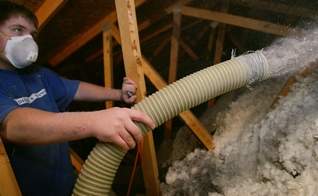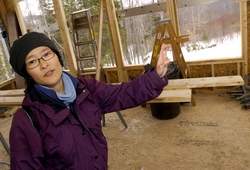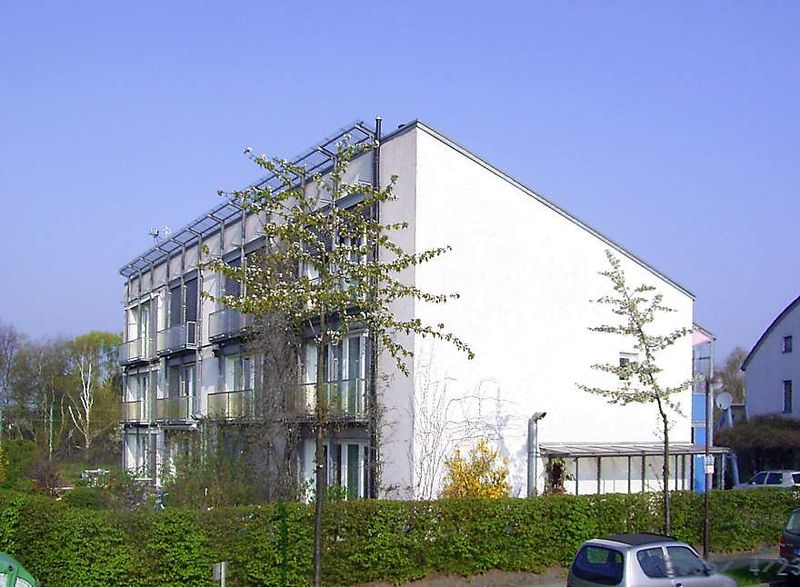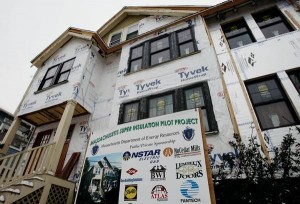The details of an interesting program to encourage energy efficiency in Utah just crossed our desk here at Warm Home Cool Planet.
The Energy Services Efficiency Program… eases the financial burden of making large changes that lower the energy load on the power grid, such as better insulation, more efficient air conditioning systems and improved swimming pool pumps.The rebates could pay more than $500 for improved attic insulation, $350 for a new air conditioning unit and up to $125 for a better swimming pool pump.
Warm Home Cool Planet supports this idea because it achieves two things. It ties the reduction of energy use in each house to specific improvements, and it helps the homeowner make the capital investment in what are becoming tough times for all. Looking at the photo below, it seem like the folks in Utah are getting with the program too:

Larry Morrison, also with Morrison Insulation, said when he learned about such rebates last year, he started alerting all of his customers to the possible benefits. He said it costs about 50 cents per square foot for a typical installation, while rebate programs would reimburse for 35 cents per square foot – as both the St. George and Questar programs do.




